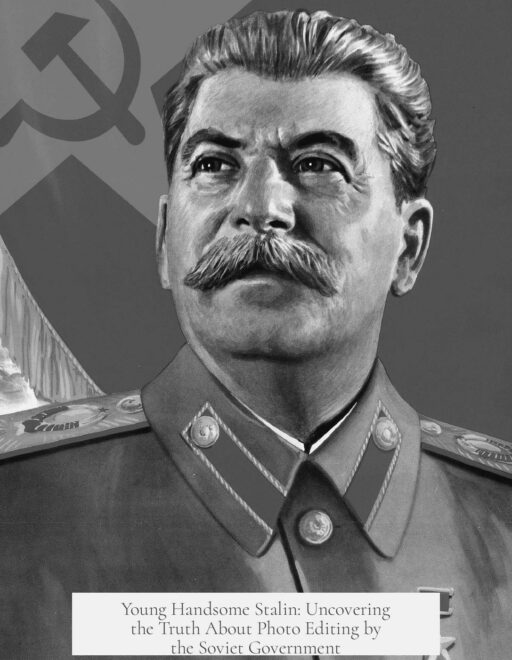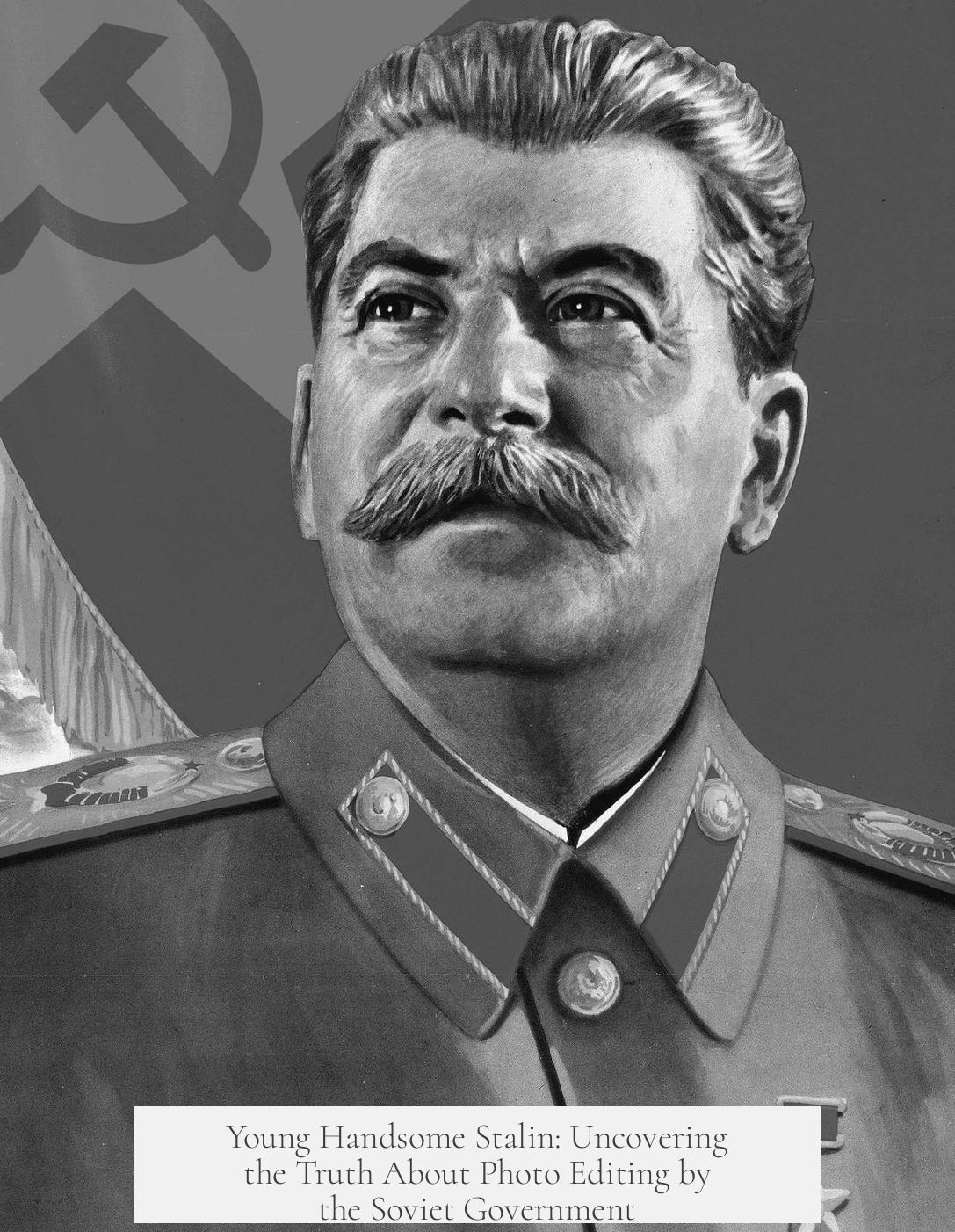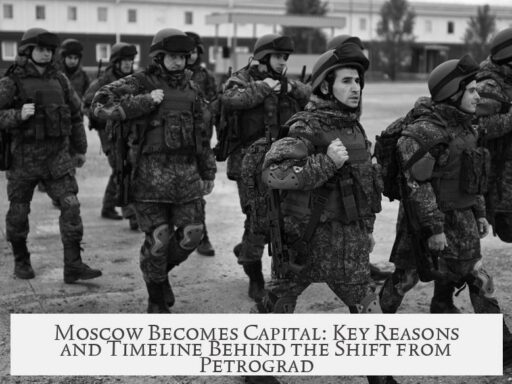The photo of the “young handsome Stalin” does not show clear evidence of being edited or altered by the Soviet government. Several authentic photographs of Joseph Stalin from his early life and revolutionary period survive. These images depict him without visible scars or disfigurements, which only appeared later in life due to childhood smallpox. The known photo retouching related to Stalin’s appearance primarily concerns his adult years and does not extend to youthful portraits.
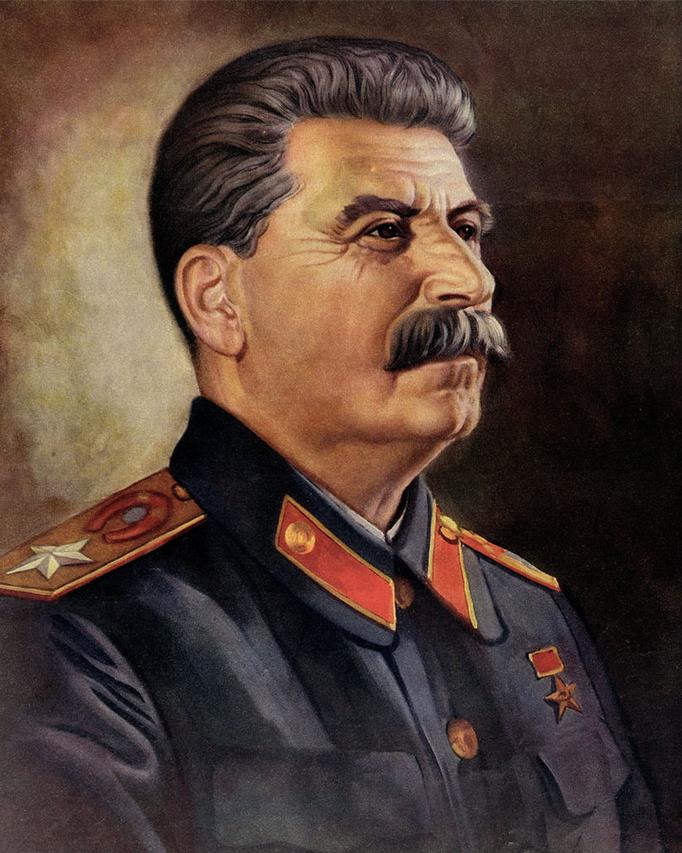
Photographs of Stalin as a young man are available from his school days and revolutionary activities. These photos show a natural progression of his looks, free from the smallpox scars that later defined some of his adult appearance. Given that smallpox left him with scars mainly on his neck and cheeks, which often were hidden by his beard, early images naturally did not display such features. At that stage, the young Stalin looked physically healthy and showed no sign of the disfigurements he later sought to conceal.
Stalin’s physical changes over time are well documented. His childhood smallpox resulted in noticeable scarring, but weight gain during his tenure as head of the USSR likely worsened the appearance of these scars. This change in his appearance possibly motivated retouching of photographs in his later years. Picture modifications at that time aimed to reduce or remove visible blemishes and improve his image, a common practice with Soviet officials to shape public perception.
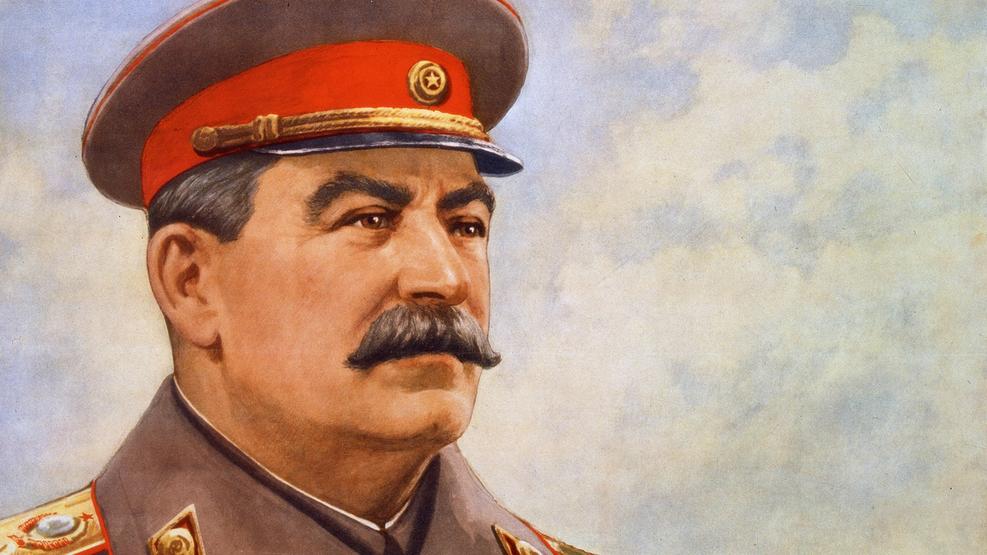
However, the young Stalin images have no such record of state-driven edits. There was little reason to modify youthful portraits since Stalin’s early looks did not carry the scars or defects that appeared later in life. Furthermore, historians and photographic archives maintain access to original versions of his youthful photographs, which support their authenticity and lack of manipulation.
In later years, certain Soviet government images of Stalin were altered for propaganda, but these cases are distinct and separate from youthful photos. Those alterations sought to portray Stalin as imposing and flawless. Conversely, the youthful photo widely known and circulated today has been scrutinized and found consistent with original sources.
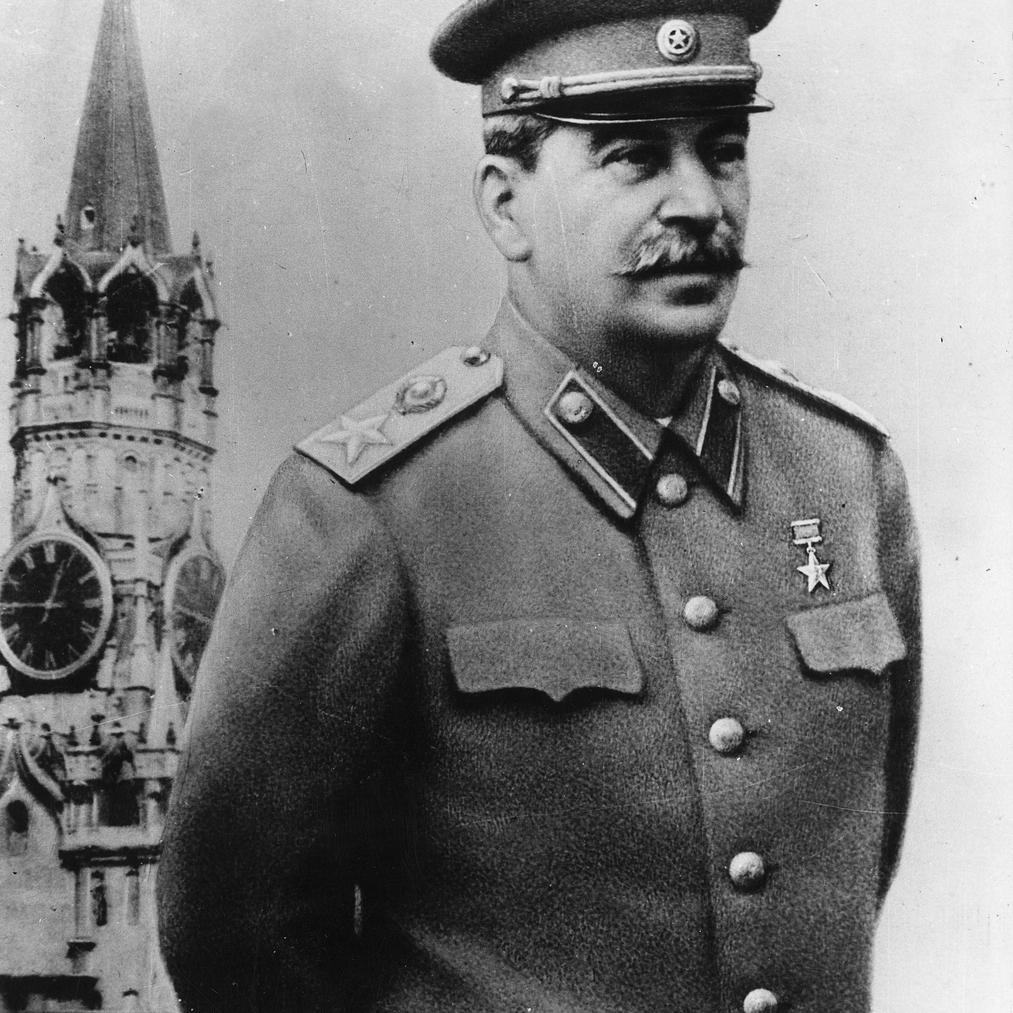
An interesting note is that some photo editing of young Stalin’s images has occurred on public platforms like Wikipedia. Between 2005 and 2007, contributors digitally enhanced the appearance of young Stalin in online files, improving clarity and contrast. These changes are modern digital modifications unrelated to Soviet-era government interventions or censorship.
The book Young Stalin is regarded as a reliable and detailed source of historical imagery, presenting photographs without indication of manipulation. Historians relying on this work find that the youthful photos used provide an accurate depiction of Stalin’s early appearance, lending weight to the view that these photos were not altered by the Soviet government.
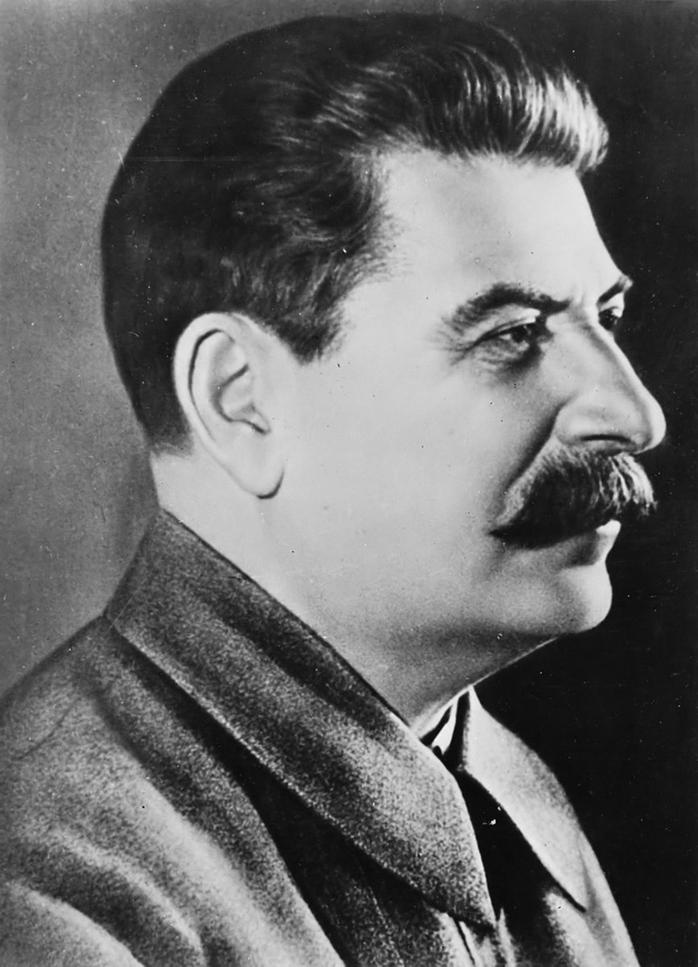
| Aspect | Fact |
|---|---|
| Youthful Stalin Photos | Exist and show no smallpox scars or disfigurement |
| Later Life Appearance | Smallpox scars appeared, especially on neck and cheeks |
| Photo Editing | Applied primarily to adult photos to cover scars |
| Soviet Government Editing | No evidence of edits to youthful Stalin images |
| Modern Digital Edits | Some Wikipedia files enhanced in mid-2000s, unrelated to Soviet editing |
| Source Reliability | Young Stalin book images considered authentic and unaltered |
- Photos of young Stalin exist and show no disfigurement.
- Smallpox scars appeared later, leading to adult photo retouching.
- Soviet government likely did not alter youthful Stalin photos.
- Modern edits on platforms like Wikipedia are recent and unrelated to Soviet censorship.
- Historical sources confirm authenticity of the young Stalin imagery.
Was that “Young Handsome Stalin” Photo Edited at All by the Soviet Government?
Despite common suspicions, the iconic “young handsome Stalin” photos were most likely not edited by the Soviet government. Now, that’s a twist for a man better known for rewriting history than his own youth’s look. But let’s unpack this carefully with some well-grounded facts.
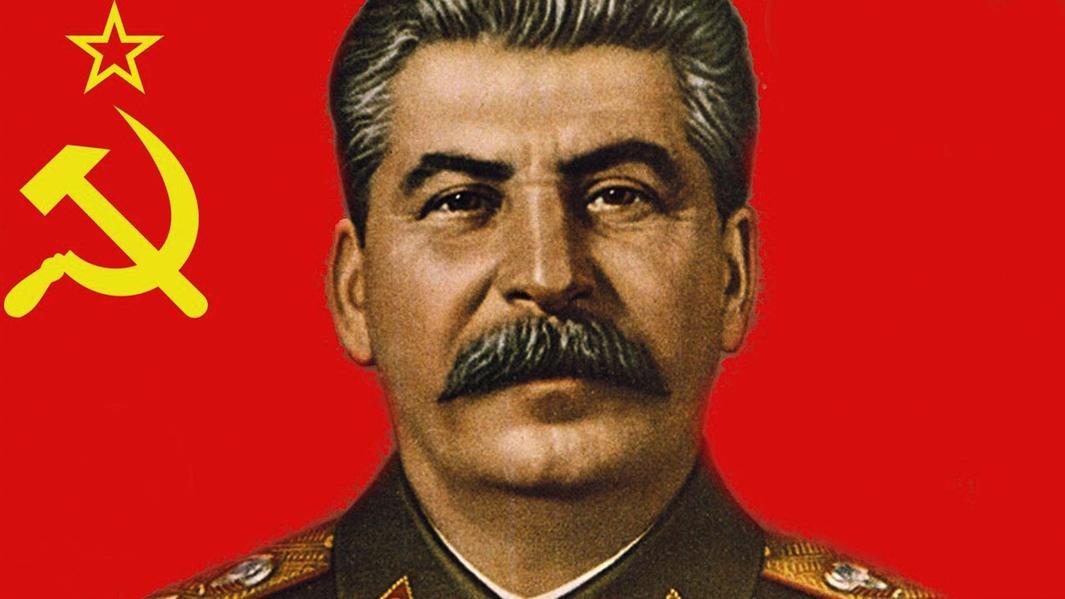
When you peek at photos of Stalin in his youth, you find quite a few genuine snapshots. These images come from his school days and early revolutionary activities, a time long before he squeezed Russia into the Soviet straitjacket. They show a young man with a fairly ordinary appearance—no obvious scars or weird retouching, just a candid portrait of a future dictator who’s not yet headed the USSR.
Photos From Stalin’s Youth: The Untouched Truth?
It’s easy to dig up multiple photos of Stalin before he climbed the Soviet ladder. The internet, with all its glorious randomness, offers a variety of images showing Stalin as a youth. None of these shots shows the disfigurements that famously marred his later appearance. In fact, the photographs are quite clear that Stalin’s youthful looks didn’t have any disfiguring scars or bumps. The quality of these photos, blurred as they might be by history, are generally accepted as authentic and free from tampering.
This lack of apparent disfigurement aligns well with Stalin’s health history. He contracted smallpox as a child, which later left him with facial scars, primarily on his neck and cheeks. But smallpox scars are a late arrival to Stalin’s face—almost nonexistent in his youth photos. This means the blemishes that make Stalin look rough in later years just weren’t there yet, so no need for the Soviet censors or Stalin himself to tuck them away.
The Smallpox Factor and Stalin’s Changing Appearance
Smallpox left permanent marks on Stalin, sure—but mostly in his adult years. In photos from his later era as Soviet leader, you might notice his appearance changes. These scars, combined with his well-documented weight gain as Soviet head honcho, worsened his facial condition and probably contributed to his image paranoia.
Did Stalin want to scrub these scars from history? You bet. In these later photographs, the Soviet image-makers were quite active in smoothing out his appearance to maintain a heroic visage. But these edits applied to adulthood photos, not the youthful ones. The scars were mostly on his neck and cheeks, sometimes hidden neatly by his beard—a natural camouflage that history’s lens anyway struggled to capture accurately.
So What About Editing—the Soviet Government’s Hand in It?
Here comes the juicy bit. Did the Soviet government edit Stalin’s younger photos to make him look more dashing? No solid proof backs that claim. If Stalin was happy with how he looked when young, editing would be pointless. Why waste time censoring or retouching photos that already look good? It makes no sense from a propagandist’s standpoint.
There are, however, known cases where Stalin’s images were digitally or artistically touched-up—primarily in adulthood, to remove scars or soften his features for propaganda purposes. But the young photos? They appear untouched by Soviet photo-wizards at the time.
Wikipedia: A Modern Editing Playground
The famous “young handsome Stalin” photo on Wikipedia was indeed edited but not by the Soviet government, because that would be anachronistic. Instead, Wikipedia contributors made adjustments between 2005 and 2007. This is a noteworthy distinction—today’s digital edits don’t rewrite Stalin’s historical image but rather present cleaner versions or variations. So, any ‘perfect youth’ image you see online could be a Wikipedia-enhanced version, but this is a modern phenomenon, not Soviet-era censorship.
Reliability of Sources—The Book “Young Stalin”
If you’re hunting for trustworthy info on Stalin’s youth and photos, Young Stalin the book stands out. Known for its meticulous journalism, it doesn’t rely on doctored images or revisionist tactics. The repeated message? The photos presented there are presumed authentic with no tampering. It’s a strong piece of evidence that supports the idea that Stalin was simply not hiding anything visually during his younger years.
Bottom Line: What Does This All Mean?
- There are plenty of authentic, untampered photos of young Stalin, showing no signs of physical disfigurement.
- His smallpox scars came later in life and were sometimes edited out in adult photos for propaganda purposes.
- Weight gain made Stalin’s appearance less appealing later, possibly increasing motivation for photo edits then.
- No concrete evidence the Soviet government altered or edited young Stalin images for appearance.
- Modern edits, like on Wikipedia, happened many decades later and are unrelated to Soviet-era censorship.
- Authoritative sources like the book Young Stalin confirm the authenticity of youthful photos.
As a result, the “young handsome Stalin” images you encounter today are essentially the original portraits of a young revolutionary, not Soviet government fabrications. Isn’t it fascinating that the youth of a dictator, often mythologized or demonized, can still shine through history unfiltered and genuine?
Ever wonder why the youthful Stalin photos don’t carry the aura of terror he’d later inspire? Because they show the man before power baked the scars, both physical and psychological. And those photos, surprisingly, have not fallen victim to the Soviet visual censor’s brush—proof that sometimes history lets a young man’s picture tell its own story.
